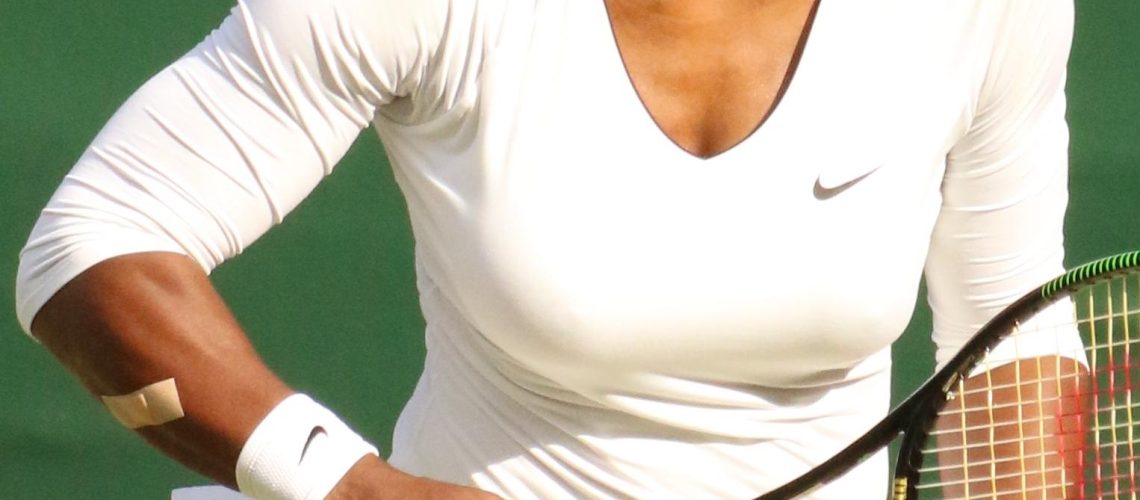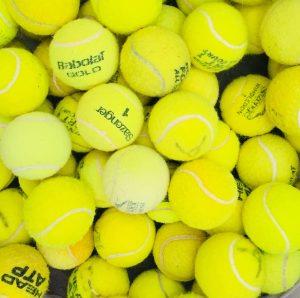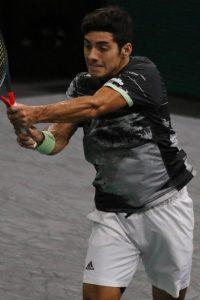We may earn money or products from the companies mentioned in this post.
Introduction
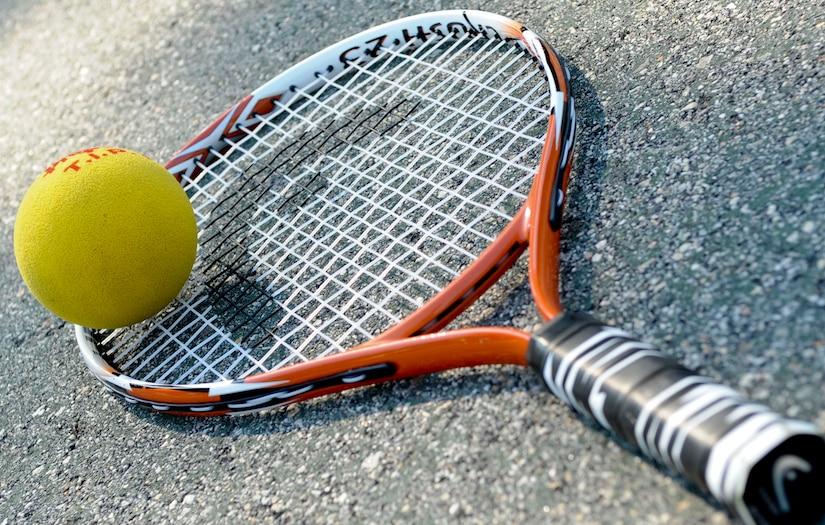
Tennis, a beloved sport played by millions around the world, has a rich history that dates back centuries From its humble beginnings as a lawn game in 12th century France to its modern-day incarnation as a fiercely competitive professional sport, tennis has captured the hearts and minds of athletes and fans alike
Background of tennis as a sport
1 Brief history:
Tennis originated from jeu de paume, a game played with the palm of the hand It was later adapted to be played with rackets in England during the 19th century The official rules and regulations were established in 1874, giving birth to modern tennis as we know it today
2 Importance of mental and emotional strength in the game:
Tennis is not just about physical prowess; it also demands immense mental and emotional strength from players With intense pressure, high-stakes matches, and constant strategic decision-making on the court, tennis players need to stay focused, resilient, and composed under challenging circumstances
Overview of racket breaking incidents in tennis
1 Famous examples:
Racket-breaking incidents have become part of tennis lore over the years One notable example is John McEnroe’s infamous outbursts during his career Known for his fiery temper, McEnroe would often smash his racket against the court or toss it in frustration when things didn’t go his way
Serena Williams is another prominent player who has experienced moments of racket-breaking fury on the court Her passion and drive sometimes lead to emotional outbursts that result in broken equipment
2 Frequency of incidents:
Racket-breaking incidents are not uncommon in professional tennis matches They can occur when players are under immense pressure, feeling frustrated, or experiencing a loss of control While not every player engages in this behavior, it is a visible manifestation of the intense emotions and competitive nature that characterizes the sport
Reasons for breaking rackets
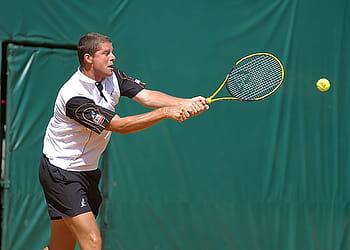
In the intense world of competitive sports, emotions can run high Tennis players, in particular, often find themselves facing immense pressure during crucial points in a match or when experiencing unexpected losses or losing streaks These high-pressure situations can have a profound impact on their emotions and mental state
The impact of high-pressure situations on players’ emotions
During crucial points in a match, the weight of expectations can be overwhelming The desire to perform at their best and secure victory can create a rollercoaster of emotions for tennis players Similarly, unexpected losses or prolonged losing streaks can lead to frustration and disappointment
Breaking rackets as a coping mechanism
When faced with intense anger or frustration, some tennis players resort to breaking their rackets as a way to release these pent-up emotions This act serves as an outlet for venting their anger and helps them regain focus after releasing their emotional energy
Venting anger and frustration through racket-breaking allows players to momentarily let go of negative feelings that may hinder their performance By channeling these emotions into physical action, they can reset their mindset and concentrate on the game ahead
Psychological factors affecting players’ behavior
Individual differences in personality traits play a significant role in how tennis players respond to challenging situations Temperament and aggression levels vary from player to player, influencing their ability to manage stress effectively
Mental toughness and resilience are essential qualities required for success in competitive sports like tennis Players who possess these attributes are better equipped to handle difficult moments without resorting to destructive behavior such as racket-breaking
Understanding the reasons behind racket-breaking incidents provides valuable insights into the intricate relationship between athletes’ emotions, psychology, and performance on the tennis court
Consequences and Implications of Racket Breaking

Racket breaking in tennis can have significant consequences for players, both financially and in terms of their reputation Firstly, players may face financial penalties imposed by the International Tennis Federation (ITF) or other governing bodies These fines can be substantial and can impact a player’s earnings from tournaments
In addition to financial penalties, racket breaking also leads to damage to equipment and replacement costs Tennis rackets are expensive, and players who frequently break their rackets must bear the expense of replacing them regularly
The impact on a player’s reputation and public perception is another consequence of racket breaking When players engage in such behavior, it often results in negative media coverage This negative attention can tarnish their image as professional athletes and affect endorsement opportunities
Furthermore, the actions of professional tennis players have a significant influence on young athletes who look up to them as role models Seeing their idols break rackets can send the wrong message to aspiring players, normalizing destructive behavior on the court
Racket breaking also has implications for match outcomes When a player succumbs to an emotional outburst resulting in racket destruction, they may lose focus or momentum during the match This loss of concentration can significantly impact their performance and potentially lead to defeat
Moreover, there is a risk of potential disqualification from matches or even entire tournaments if a player’s racket-breaking behavior violates tournament rules or code of conduct policies
Prevention Strategies and Alternatives to Racket Breaking

To address the issue of racket breaking in tennis, various prevention strategies can be implemented:
Improving Mental Toughness through Psychological Training
- Mindfulness techniques: Players can learn mindfulness practices that help them stay present in the moment and manage their emotions effectively
- Visualization exercises: Visualizing success and positive outcomes can enhance mental toughness and reduce the likelihood of emotional outbursts
- Stress management: Building stress-management skills equips players with tools to handle pressure situations without resorting to destructive behavior
In addition to individual efforts, working with sports psychologists or mental performance coaches can provide players with professional guidance in developing mental resilience and emotional control
Implementing Preventative Measures by Tournament Organizers
- Stricter penalties for racket abuse: Tournament organizers can introduce more severe consequences, such as increased fines or mandatory suspensions, to deter players from breaking rackets
- Educational programs for players: Organizers can conduct educational workshops or seminars to raise awareness among players about the negative consequences associated with racket breaking By emphasizing alternatives and promoting good sportsmanship, they can encourage a change in behavior
Encouraging Positive Outlets for Emotional Release
- Breathing exercises: Teaching players breathing techniques helps them manage stress and frustration on the court, redirecting their focus towards a more constructive approach
- Physical relaxation techniques: Encouraging players to engage in physical relaxation exercises like stretching or progressive muscle relaxation can help release tension during matches
- Meditation techniques: Incorporating meditation practices into training routines provides athletes with a means of calming their minds and fostering emotional stability during intense moments of play
- Finding alternative ways to express frustration: Players can be encouraged to verbalize their emotions or communicate with their coach during breaks rather than resorting to destructive actions like racket breaking This allows for healthier outlets for releasing pent-up frustrations that may arise during matches
By implementing these prevention strategies and promoting alternatives to racket breaking, both players and the sport of tennis can benefit from a more positive and sportsmanlike environment
Useful Links

Tennis Player Flies Into Rage, Smashes 3 Rackets on-Court
In Tennis, Racket Smashing Gets Out of Hand
Nick Kyrgios Melts Down, Breaks Multiple Rackets After …
Tennis star smashes three rackets in extraordinary fit of rage
Why Do Tennis Players Smash Their Rackets? (& …
Tennis player smashes multiple rackets during epic tirade …
Page 2 : C’mon, smash some rackets!
Alexander Bublik: Tennis player smashes three racquets …
When is it time for a new tennis racquet
Why Do Tennis Players Smash Their Racquets? (Explained)
US Open 2022: How many rackets do professional tennis …
Breaking Racket Tirades Should Be Unacceptable On Any …
How Much Players Get Charged For Smashing A Racket
When Roger Federer Broke His Racket and Faced the Future
Alexander Bublik Goes On Absolute TIRADE Smashing 3 …
Do You Need 2 Tennis Rackets?
How many rackets does a top tennis player go through …
LOOK: Nick Kyrgios smashes rackets after US Open loss …
Why Your Tennis Strings Keep Breaking (With Fixes)

